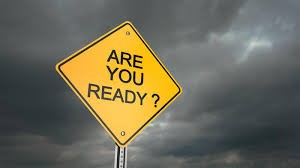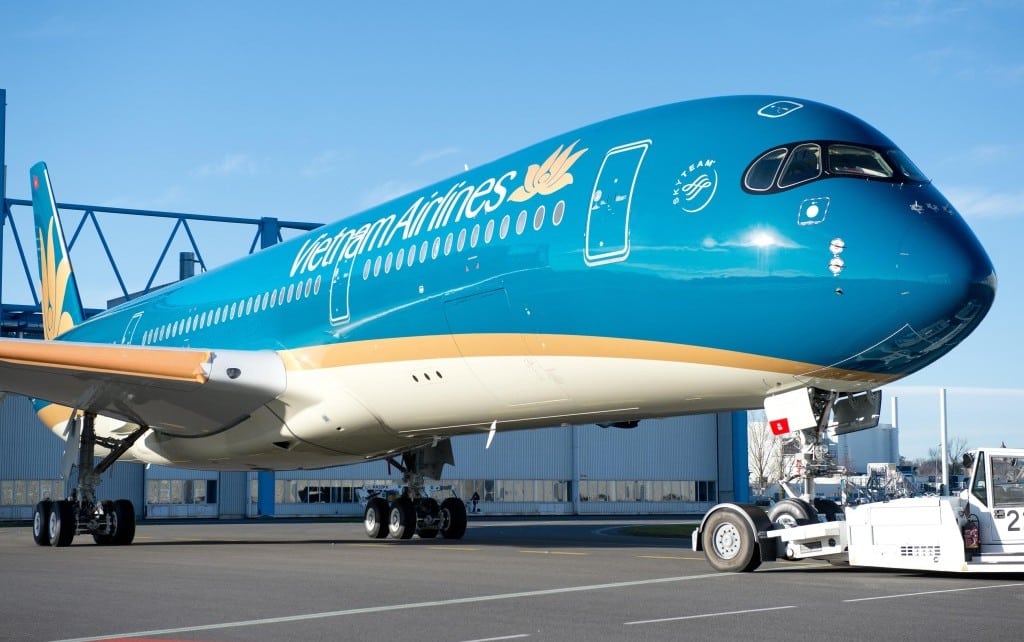Chaos Theory
Chaos is a term used to describe the world when nothing makes sense; when 2+2 does not equal 4, leaving us completely and totally confused. Sometimes the “butterfly effect” is used to explain the phenomenon: the idea is that the flapping of a butterfly’s wings in Argentina could cause a tornado in Texas three weeks later. Perhaps, at this moment, it is better to look at Aristotle and his theory of “sensitive dependence” where he observed that, “the least initial deviation from the truth is multiplied later a thousandfold” (Aristotle OTH, 271b8).
Unfortunately, we are living in a universe where lies and half-truths have been normalized; what we accepted as rational and real yesterday, no longer brings the same results; what we did to create an equilibrium in our professional and personal lives no longer brings satisfactory or rewarding results.
Pre-disaster Preparedness
The hotel, travel and tourism industry has been criticized for being unprepared for this crises and economic disaster. It does appear that business and government leaders as well as politicians were not in a state of readiness with responses that would have mitigated the impact of the COVID-19 event as it evolved.
Some suggest that risk assessments should be part of the managerial process and based on scenario analysis, contingency plans developed in accordance with situations considered likely to occur. This is an excellent theory; however, with the exception of certain events, i.e., hurricanes in the Caribbean, tourism crises are unpredictable in their occurrence, evolution and impact. Although broad categories of crises, such as terrorist attacks, might be anticipated and established protocols put in place, in reality, crises and disasters occur without warning and require a rapid reaction.
Hovering on the Edge of Disorder
Instability and change are a characteristic part of the tourism industry. Even if there is constancy and equilibrium over a period of time, this balance is always tenuous. There is an ever-present danger of disruption. Folding back on the “butterfly effect,” in the industry, an apparently trivial incident may initiate a set of events leading to a major crisis. For example, the ash cloud from the Eyjafjallajökull eruption in Iceland (2010), not only impacted on the global aviation industry, it caused significant disruption for individuals and businesses around the world dependent on international aviation. If we consider the trajectory of COVID-19 – from one incident in China that was observed but not considered important, has led to a pandemic and global economic crisis.
Central to chaos theory is that order will emerge from a chaotic state; however, there is a need for an “island of stability” to exist during the prevailing chaos. In some cases, it is government agencies such as the National Guard and FEMA. There is a need for a common sense of meaning, strategy or value system that drives people to achieve a common goal. Since the inception of COVID-19 – there has been no agency, organization or person able to provide the steady, guiding hand necessary to lead the industry to problem resolution and a new beginning. The world has had to face the virus and economic collapse through quarantine and isolation, relying on social media and television news casts for information, which is often clouded by lies, half-truths and self-serving hyperbole.
Airline Chaos
The cliché for the adversity that envelopes a large part of the universe suggests that “we are all in this together.” This is not even close to the truth (at a time when truth is at a premium price). The airline industry is playing brinkmanship with their passengers, employees, government agencies and banks. The industry spends huge amounts of money promoting the idea that flying is safe while data shows that passengers are being infected by COVID-19, getting sick and facing long term illness and/or death. The Center for Disease Control (CDC) stated, “We conclude that the risk for on-board transmission of SARS-CoV-2 during long flights is real and has the potential to cause COVID-19 clusters of substantial size, even in business class-like setting with spacious seating arrangements well beyond the established distance used to define close contact on airplanes.”
The Center for Infectious Disease Research and Policy (CIDRAP) (September 21, 2020) cited three studies describing in-flight COVID-19 transmission with one involving a single symptomatic passenger who likely infected at least 12 others during an international flight.
One study, published in Emerging Infectious Diseases, reviewed a 10-hour Vietnam Airlines flight from London to Hanoi, Vietnam on March 1 that resulted in 15 ill people in addition to the index patient, creating an attack rate of 62 percent on a 274 -seat plane. Of the 12 infected passengers in business class, 8 (67 percent) developed symptoms after a median of 8.8 days following arrival in Hanoi. CIDRAP challenges the findings of the airline industry, “Transmission on flight VN54 was clustered in business class, where seats are already more widely spaced than in economy class, and infection spread much further than the existing 2-row or 6.6 feet rule recommended for COVID-19 prevention in airplane and other public transport would have captured” ( https://www.cidrap.umn.edu/ ). On October 20, 2020, Rachel DeSantis reported the July 25, 2020 COVID-19 death of a Texas woman (in her 30s), who died on the plane as it sat on the tarmac waiting for take-off.
The TSA reports that 271 employees have been identified with active COVID-19 infections. Since the beginning of the pandemic, 2,204 federal employees tested positive and 8 employees and 1 screening contractor has died from the virus (tsa.gov/coronavirus).
According to McKinsey.com, airline revenue has decreased and 2/3 of the world’s aircraft fleet has been parked with 18 airlines filing for bankruptcy in the last few months. On a global basis, it is estimated the industry will lose $315 billion in passenger revenue in 2020. Only three airlines, China Airlines, Korean Air and Asiana Airlines have reported profits in the second quarter due to their reliance on cargo.
When compared with the prior year, Delta’s adjusted Q2 revenue declined 91 percent as system capacity dropped by 85 percent. United Airlines reported the company was losing $40 million cash per day. Lufthansa registered a year-over-year revenue slump of 89 percent while revenues for Air France/KLM dropped by 82 percent or $6.6 billion compared with the second quarter of 2019.
The airlines have sought government bail-outs and globally the industry has received aid totaling $123 billion. The cash covers approximately 1/5 of 2019 revenues; half of the aid, $67 billion, comes in the form of loans or other liabilities that will be repaid, with interest. Some of the money was to be directed to employees; however, United promised to pay employees through September and then diminish the number of employees. JetBlue took the bailout money but decided not to pay the workers their full salaries, keeping cash for themselves and all JetBlue employees were required to take 24 days of unpaid time between April 20 and September 30, 2020; money earmarked by Congress for employees has been redirected to improving shareholder equity (viewfromthewing.com).
McKinsey does not see global air travel demand recovery until 2024, although it might be led by Asia – Pacific in 2023 with North America and Europe reaching precrisis levels in 2024. An optimistic scenario does not show full air demand recovery before 2022. Short-term, the consumer is likely to benefit with lower prices; long term, due to decreased competition, the need to payback government loans and potential health related operational measures, there are likely to increased ticket prices.



